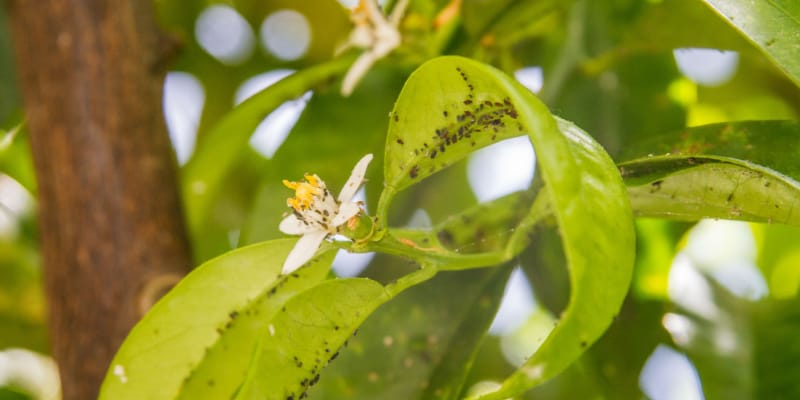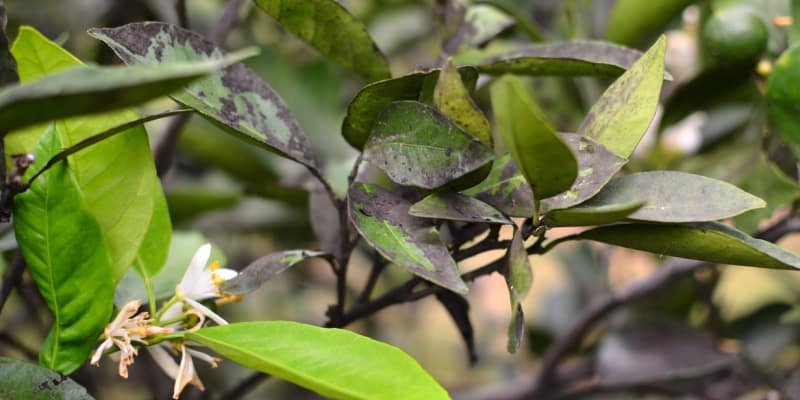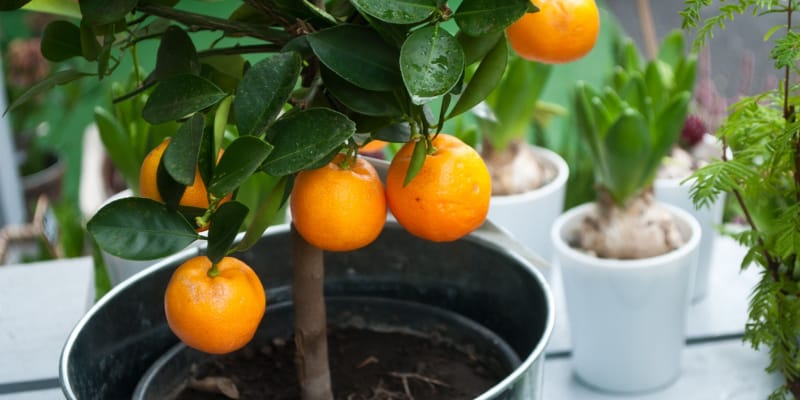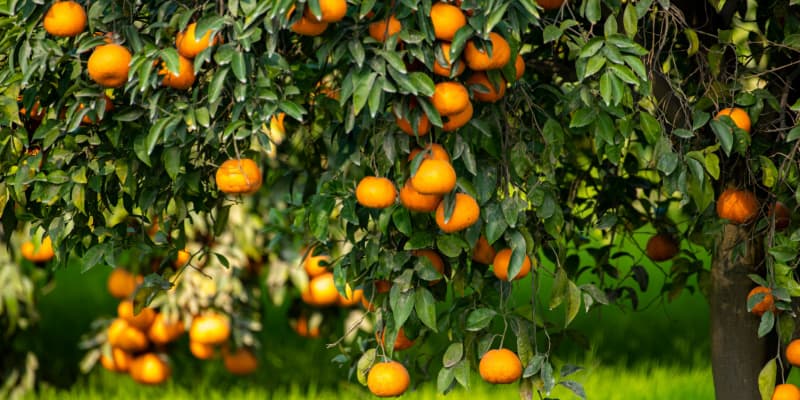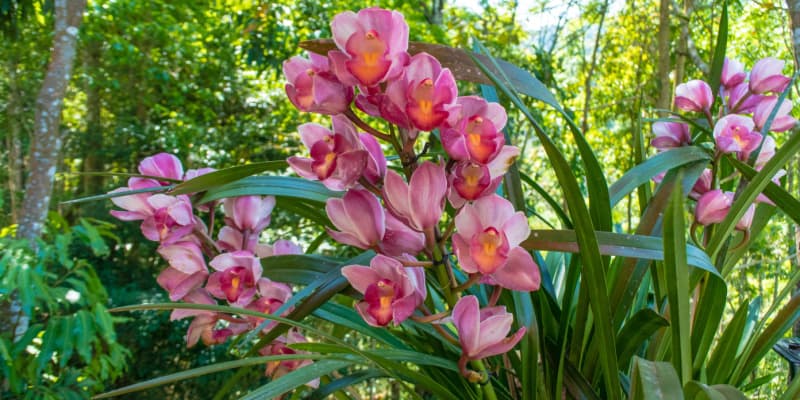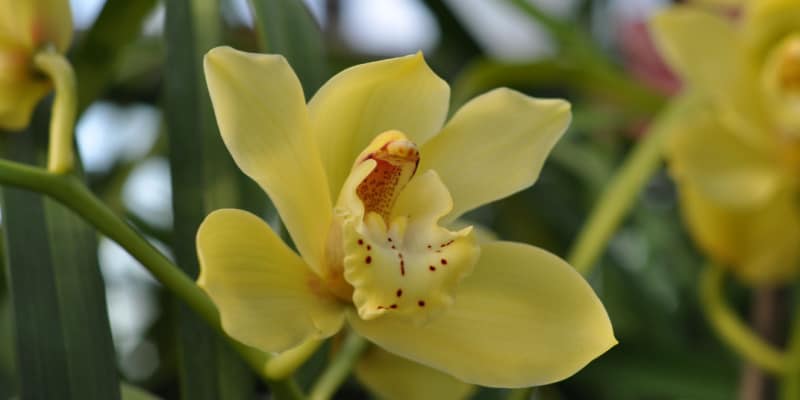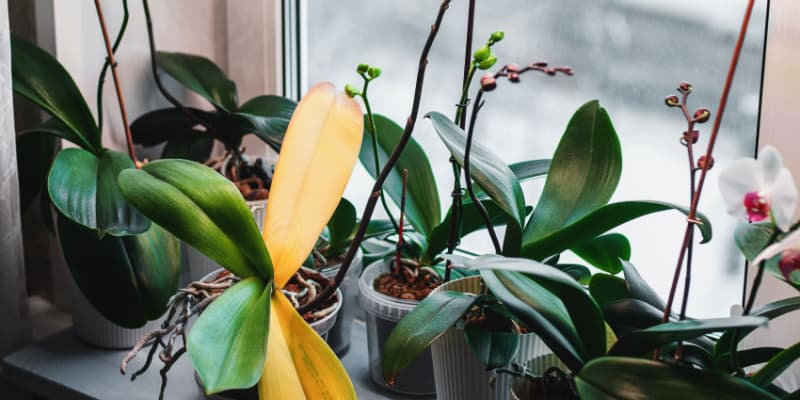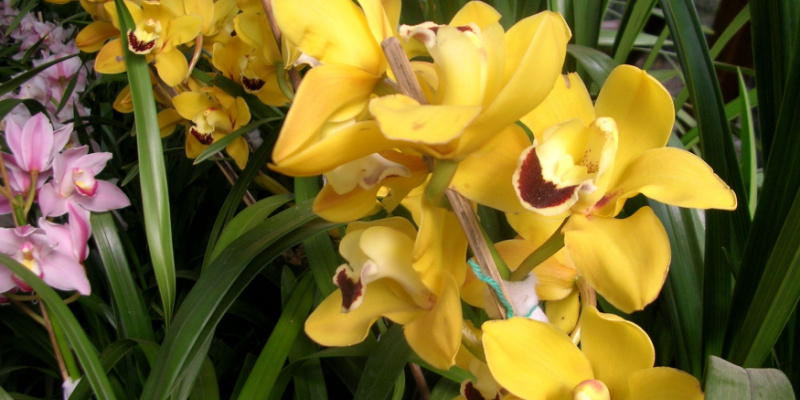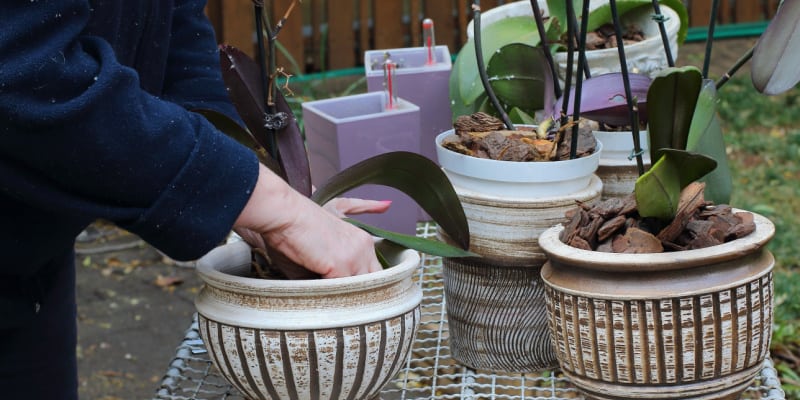Why are my orange tree leaves curling?
One of the most common problems I see when growing citrus trees, including orange trees, is that the leaves start to curl and sometimes even drop. There are a few common reasons, most of which are treatable. In my guide, I going to discuss some of them, including lack of water, too much sun, insect damage from aphids and even Fungal diseases. Water stress Are your orange tree leaves yellow and somewhat crispy as well as curling? If so, the…
